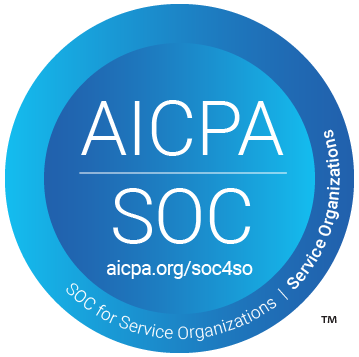Purchasing & Accounts Payable Glossary
There are currently 9 Glossaries in this directory beginning with the letter C.
Cash Burn Rate
The cash burn rate is typically calculated on a monthly or quarterly basis. It is determined by subtracting the cash at the end of the period from the cash at the beginning of the period. Read More
Category Management
Category management is a key component of strategic sourcing and is often used in conjunction with other procurement strategies to maximize value and reduce costs. Read More
Centralized Procurement
Centralized procurement is the process of centrally managing the purchasing for distributed locations. In a centralized procurement model, there is one procurement team for all locations.
Read More
Clinical Trial Procurement
Clinical trial procurement is a complex process that involves a range of challenges. Read More
Cold Chain Logistics
Cold chain logistics is a term that refers to a temperature-controlled supply chain. This process involves an uninterrupted series of refrigerated production, storage, and distribution activities, along with the associated equipment and logistics, which maintain a desired low-temperature range. Read More
Contract Manufacturing Organizations CMOs
Contract Manufacturing Organizations (CMOs) play a crucial role in the manufacturing industry, particularly in sectors such as pharmaceuticals, biotechnology, and electronics. Read More
Cooperative Purchasing
Cooperative purchasing can be defined as a procurement strategy in which multiple organizations join forces to leverage their collective buying power. Read More
Cost Avoidance
Cost Avoidance is a preventive measure that involves identifying potential costs that a business may incur in the future and taking steps to avoid them. Read More
Cost Savings
Cost savings refers to the amount a company saves due to higher efficiency or better purchasing costs. The finance team always measures cost savings as a reduction in the set budget. If the cost reduction doesn’t impact the budget, it can’t be considered cost savings.
Read More





